Note
What is plant poaching? Is it when you like purposefully kill native plants?
not quite, its when people purposefully steal native plants from their habitats, usually to sell them. killing of native plants happens, but it usually happens because of lack of awareness or deliberate negligence (people care a lot less about native plants than about native animals, so theyre a lot more likely to get ignored). poaching of native plants sometimes happens on accident (venus fly traps are known for this; people dont know theyre only native to north and south carolina, and will dig them up and take them home thinking they just found their way out there), but a lot of it is on purpose to sell; the ones that go for the highest prices are usually Nepenthes, aka asian pitcher plants, which are native from southern japan down the tropics to the far north of australia and have a TON of species (some of which are so specialized they can be native only to a very specific ridge on a specific mountain). poaching of animals tends to get more publicity than poaching of plants, but yeah this stuff is wild.
a couple years ago i was at a conference talking to a carnivorous plant dude who told me about an actual real like, USDA (theyre the enforcers of this; the treaty they act under is CITES, which protects endangered plants and animals through the united nations) bust on a poacher operating in a carnivorous plant club in california. he told me they literally like, infiltrated this group, got a confession that he was importing rare carnivorous plants from poachers in asia and reselling them on ebay in the US, and then arrested him, raided his house, and took all the plants in his possession, even the ones he got legally. i have no idea if this is true, or if it is true, if it was publicised (when we were talking in 2018 he told me this had happened a couple years ago, so maybe 2016?) but the guy was active in the carnivorous plant scene in California, and i think about it whenever this stuff comes up.
note: collecting and importing plants can be legal, but there are a ton of restrictions on it that vary from place to place. Nepenthes, for example, can be collected, but in many countries where they’re native they can ONLY be collected with government permission and accompaniment to the site; even then, theyre usually looking to collect seeds, not plants themselves. legally acquired and captive-grown plants are useful because having them in cultivation drives down the prices the poachers can demand for some of these species, and therefore gives less of an incentive for them to go out taking adult plants from their habitats.
government regulation of plants worldwide is super interesting to me; another cool tidbit is that ignorance of plants in general affects these ‘exotics’ that get legally imported through CITES as well, because the paperwork is optimized for legally importing rare animals, not plants, and therefore the animals get more attention and better care while in government custody, and generally get moved through faster. there’s a great talk from the international carnivorous plant society talking about cultivation/preservation and stuff in general that ends with the speaker, Robert Cantley, a (legal) carnivorous plant breeder specializing in Nepenthes operating out of a large nursery in Sri Lanka, laying out all the paperwork needed to move a single shipment of these plants through an area taped end-to-end:

thats a lot of red tape!!!! and it’s often not red tape government officials are willing to deem as just as important as the same stuff for animals!! it’s stuff like this that really shows how education about plants affects the world at large. wild shit, man
708 notes
·
View notes
Note
kind of similar to the plant poaching, in my town and towns closest to mine, apparently at night someone or some people have been sneaking into people's gardens and digging up their plants and stealing them. a relative of a friend mine had all her lilies taken and i heard someone in the next town over had a entire rose bush stolen.
......okay i dont think this is as bad because they’re cultivated garden plants instead of native endangered ones but that being said oh my god is this strange. i’m guessing it’s the same sort of thing but like, they’re trying to sell adult plants to unsuspecting gardeners; next time this happens i would totally go on ebay/craigslist and see if a listing that looks like the missing plants conveniently shows up. this is especially suspecting because with some woody plants especially, older plants demand higher prices than younger ones because of the care that goes into maintaining them (thus, a 5 year old ready-to-plant tree in a pot in a greenhouse might cost $400-$500 or so). don’t think it applies as much to lilies, but yeah. wow. lmao
286 notes
·
View notes
Photo


fittonia albivenis (nerve plant) will ‘faint’ when they need something – to be watered, to be removed from the sun, when they are too cold – however, they almost always recover quickly once their needs are met.
crazyplantguy on ig
125K notes
·
View notes
Photo
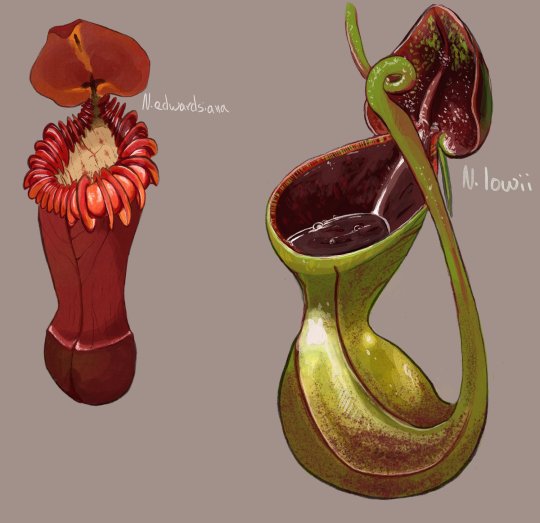
Another study- two beautiful Nepenthes species.
706 notes
·
View notes
Text
so i just found out how garlic grows and i’m about to scream at someone. what madness
20K notes
·
View notes
Text


First is when my snapdragon was in bloom
The second just finished shedding the dead flowers
Can't wait for it to bloom again :D
0 notes
Text
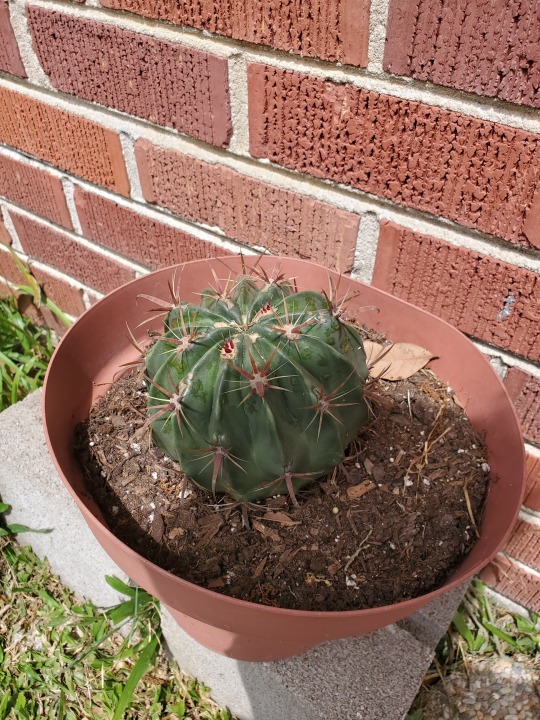

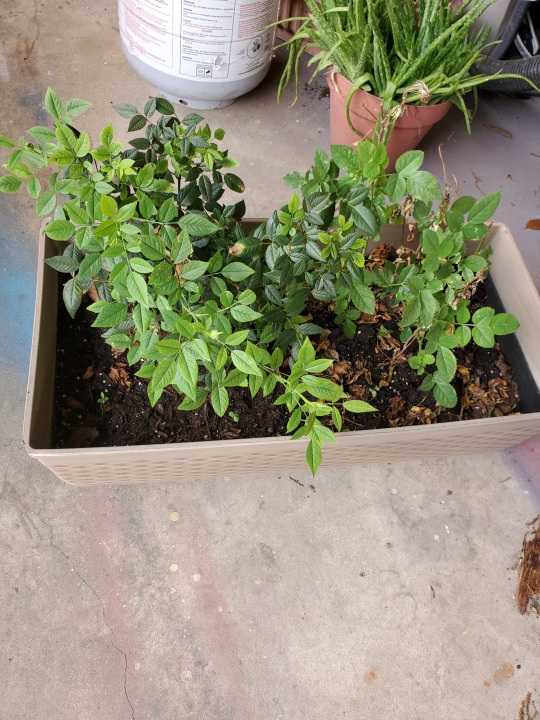
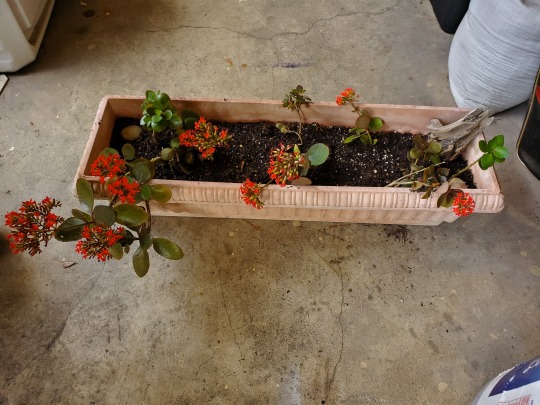
I haven't posted in so long!! Well, a lot has happened with my plant buddies recently (almost a complete overhaul of my garden to get everyone better!) Well, here are a few that are doing really well!
Top right- Vicky! My oldest cactus. Also the most enduring. She's gotten so big since I got her (like. Ten to fifteen times her original size, not even joking)
Top left- New friend. It took a very long time to get this buddy to grow! My grandma had given me some clippings of her's and I planted it maybe 8 months ago? Finally getting tall :D
Bottom right- Sadly, my previous rose bush didn't make it. That was about a year ago. Now, these two are hanging out looking Gucci (lmao). Seriously, though, they started off in pretty bad shape. I put them together in a new pot with fresh soil and they are flourishing!
Bottom left- another old plant-buddy! Shortly after I got Vicky, my grandma gave me clippings! And this little friend has made it through a lot! (Rats, dogs, freezes, whole nine!) And I'm so happy to still have them around :D
#plants#rose bush#succulents#;U; my babs are doing so well now!#gonna have to post my snapdragon soon!
1 note
·
View note
Text
Have some poofy hydrangea dudes in these trying times
4K notes
·
View notes
Text


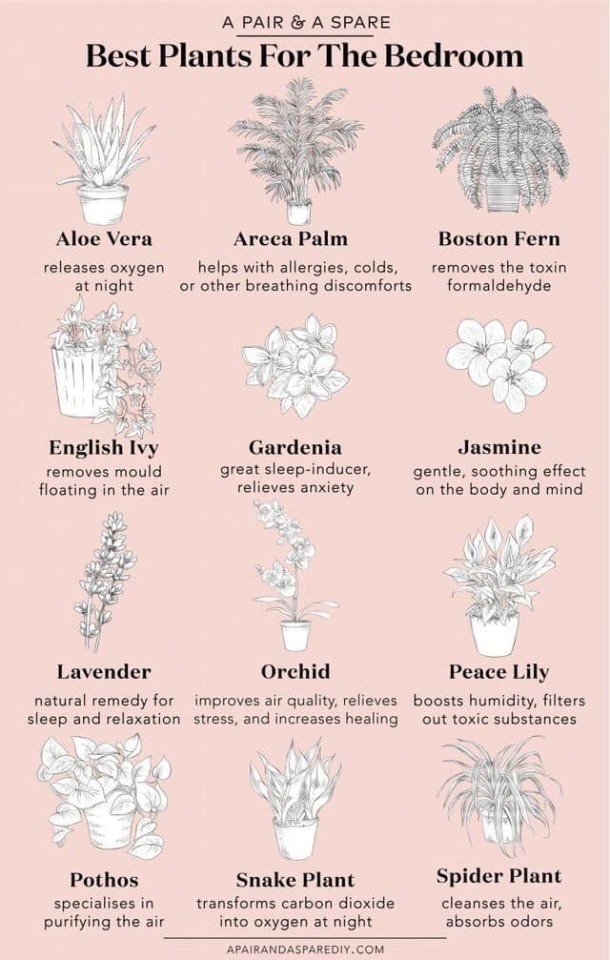
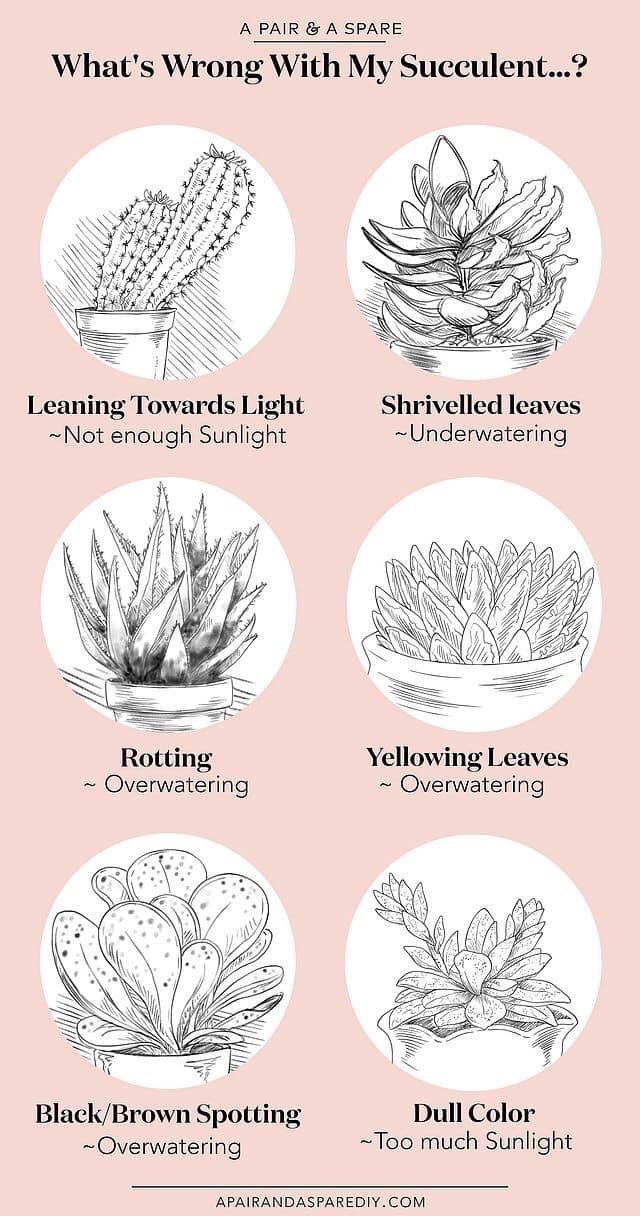

🌱Some helpful tips to keep healthy house plants🌱
113K notes
·
View notes
Text

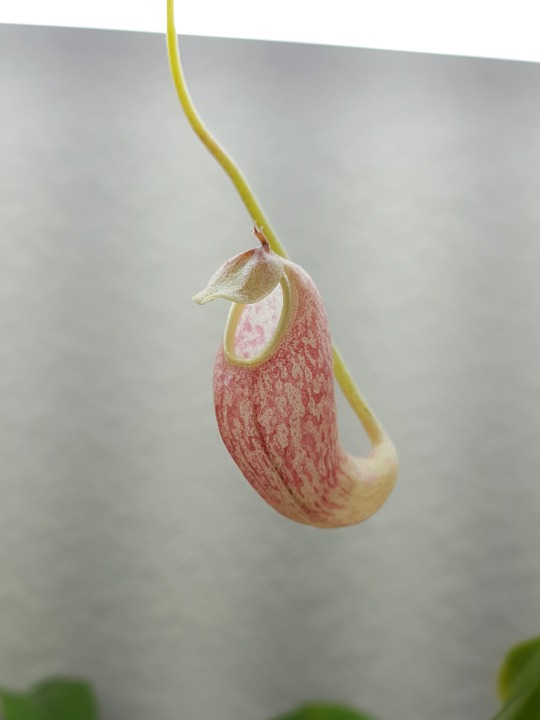
Open pitchers. The one on the left was an unlabeled plant in a 2" pot from a local nursery, but given that it was $5.99, I'm fairly confident it's 'Miranda', which is the only nepenthes besides x ventrata you usually see from non-specialist sellers. The entire peristome (rim) will turn red, but here it's at a nice half-and-half stage.
The plant on the right is N. thorelii x aristolochioides. N. aristolochioides has a very distinctive pitcher shape and is a strict highlander, which means it needs temperatures to fall around 50-55°F (10-15°C) at night, and no higher than ~75°F (24°C) during the day. N. thorelli, on the other hand, is a lowlander that is not particularly exciting-looking. Their hybrid is apparently extremely vigorous, easy to grow, and tolerant of a wide range of temperatures (for nepenthes, anyway), while retaining a lot of aristolochioides character in its pitchers. Looking forward to how it develops!
388 notes
·
View notes
Note
What's the different between chlorochymia and collechymia
okay. so. im gonna go into detail here bc i have a test today and posting on this blog helps me study
in plants, there are three major cell types (not including complex tissues): parenchyma, collenchyma, and sclerenchyma. parenchyma and sclerenchyma each have sub cell types, like, versions of the cell that perform different tasks. for parenchyma, there are chlorenchyma, storage parenchyma, and aerenchyma, and for sclerenchyma there are fibers and sclereids.
the difference between chlorenchyma and collenchyma is that chlorenchyma are a type of parenchyma that have chloroplasts. these are the cells that do most of photosynthesis in the plant, and they’re usually found directly under the plant epidermis. this is an example from a ‘leaf’ of Marchantia polymorpha, a well-known model organism used for experiments:
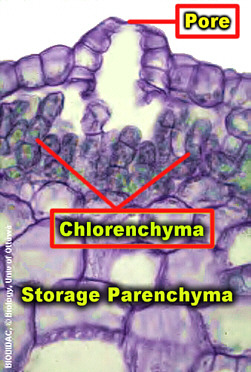
here, the leaf has been cut in half lengthwise. we’re seeing the pore at the top of the leaf, allowing for gas exchange for photosynthesis. directly under the pore is the chlorenchyma, which are actually doing the photosynthesis; we can see the chloroplasts inside them. under them are storage parenchyma, which store starches that are produced in photosynthesis. this is a pretty goddamn slick setup, like i know ive said this on this blog before but leaves are like Really Well Organized Factories™ and it’s really evident on this scale.
collenchyma is an entirely different cell type. it’s important to mention here that the sclerenchyma cell type are made of stiff, thick-walled cells that die at maturity, providing rigid support for the plant. sometimes, though, it’s better to have a tissue that’s able to flex while remaining strong, to avoid breaking; for example, grasses that bend in the wind instead of just snapping in two. that’s where collenchyma comes in as a connective tissue, usually found also just below the epidermis, usually in stems and petioles (both organs that need to bend instead of break). they also provide support in new growth on the plant, because sclerenchyma can’t just materialize; it has to slowly thicken over time, starting as basic structural parenchyma cells that mature to stiff tissue (then die). unlike sclerenchyma, collenchyma stays alive, and is able to provide some support in the meantime.
this is a cross section of a stem, showing one of the bundles of collenchyma strengthening the shoot:
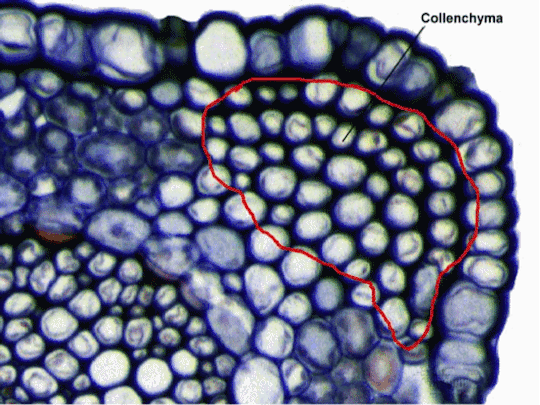
369 notes
·
View notes
Text
got an email from redfern natural history about a nepenthes expedition they just got back from and apparently they rediscovered a species called Nepenthes mapuluensis and one of the wild pitchers they came across is an absolute 45cm long CHONKER like i screamed when i saw the pic……..the rich rewards of being a lad living large in the remote mountainous jungle regions of indonesia……
798 notes
·
View notes
Photo
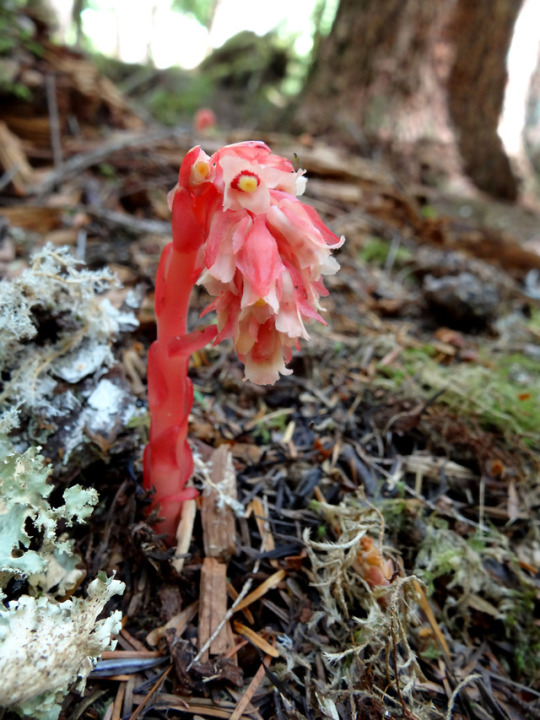
Monotropa hypopitys, often called pinesap, a parasitic plant that’s in the family Ericaceae (along with blueberries, azaleas, and many others). It parasitizes mycorrhizal fungi, which in turn have a symbiotic relationship with trees. This one was found in Olympic National Park.
300 notes
·
View notes
Photo
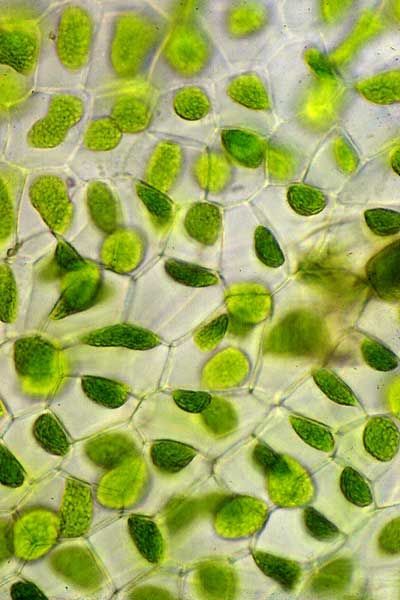
Anthoceros (flower horn) Hornwort cells
908 notes
·
View notes
Photo


fittonia albivenis (nerve plant) will ‘faint’ when they need something – to be watered, to be removed from the sun, when they are too cold – however, they almost always recover quickly once their needs are met.
crazyplantguy on ig
125K notes
·
View notes

